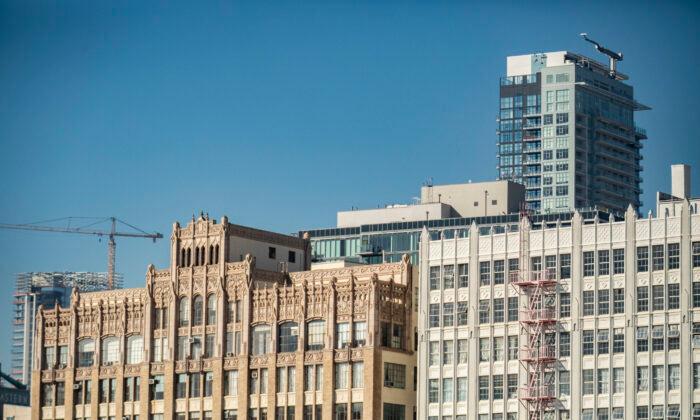Apartment rents have declined in every major metropolitan area throughout the United States over the past six months, through January.
The new trend is expected to last into 2024, as more units come online, reported The Wall Street Journal.
The nation is expected to see the biggest wave of newly constructed apartments since 1986, after two years of steep price gains, according to property data firm CoStar Group.Nearly half a million new apartment units are expected to become available by the end of 2023, after more than 400,000 units were added in 2022, said the data firm, as builders try to fulfil high demand.
The median price of new rent leases were 3.5 percent lower in January from August, when apartment prices began to ease, according to Apartment List for its March 2023 listing report.
New lease rent growth ranged about 2–6 percent last month compared with the year before, a significant decline in the pace of growth in early 2022, according to The Wall Street Journal.The report saw nationwide average apartment prices, fall six consecutive months in a row for the first time in five years.
None of the 52 metropolitan areas followed by Apartment List experienced any positive rent growth during the period.The Wall Street Journal reported that four other housing data reports showed that new lease rents continued to fall or remained flat in January compared with the previous month.
Housing and Rental Prices Fall From Pandemic-Era Peak
During the pandemic, there was a massive run on the rental and buyers market, which drove prices throughout the sector off the charts.Combined with high prices, a worsening housing, and a sudden spike in mortgage rates, buyers were pushed into the rental market, making the situation even worse for tenants, as rents rose 25 percent over two years.
Higher mortgage rates and collapsing buyer demand had an effect on home prices, despite a brief uptick in purchase applications in January.
After hitting a historical peak in the first half of 2022, housing prices tumbled along with rents, falling 3.6 percent between June and November of last year, according to the S&P CoreLogic Case-Shiller National Home Price Index.
Single-family home rental prices are also slowing since last summer, with the average national rent for a house rising to $2,070, compared with December, according to data provider Yardi Matrix.
Apartment vacancies have also risen since last fall, as demand from potential tenants have softened as less people look for a place to work remotely, similar to what happened during the pandemic.
The surge of new apartments may give renters more leverage over their landlords regarding their leases compared to early last year, when the yearly average of new tenants dropped nearly minus 20 percent.
Rental Prices Still Remain Above Pre-2020 Average
However, even after the decline in new-lease rents since summer 2022, apartment lease prices in many cities are still 20–30 percent above pre-pandemic era levels.
Apartment List noted that rents in the regions of Tucson, Arizona, and in Tampa and Miami, Florida, are all 35 percent more from March 2020.
“Renters are still having a tougher time than they were even a year and a half ago,” said Chris Salviati, an economist at Apartment List.
The softening of the rental market may be a sign that tenants have had enough on how much more they can pay for rent, while a slowdown in the economy is becoming a concern for some.
Meanwhile, others who have been pushed out of the market by high prices are still unable to afford their own apartments, with many living with family or roommates.
Housing costs were up 7.9 percent year over year in January, according to the Consumer Price Index computed by the U.S. Bureau of Labor Statistics, but the effect of rental costs tends to lag behind the real data
Many renters are also in the middle their of leases which they signed before recent price drops, explaining why the annual rent growth exceeds the market average on the index, as it only tracks new leases.
Analysts expect the figures to better reflect the lower costs of new leases as more begin to expire.




